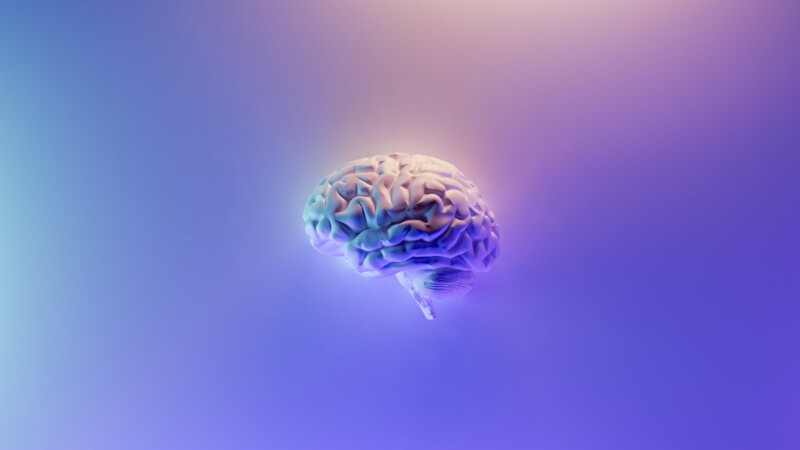"The average secretion increased by 24.4 per cent after five minutes of stimulation with a video of a disease," said Dr. Esther Kristina Diekhof, a junior professor in Hamburg and senior author of the study. "The fact that this increase occurred even though there were no actual pathogens suggests that the SARS-CoV-2-specific sIgA could be part of a proactive immune response that prepares the oral cavity for viruses." The slgA value in the saliva returned to the initial value Shortly after the end of the video, .
Researchers in the Faculty of Biology at the University of Hamburg and at the University of Tübingen recently showed 45 people videos of respiratory symptoms such as sneezing or coughing that are typical of COVID-19, a new study has revealed. The subjects quickly developed more spike protein-specific slgA than those who watched videos of healthy people. Secretory immunoglobulin A (slgA) in saliva is key to fighting pathogens in the respiratory tract. Studies have shown that high concentrations of slgA specific for the alpha variant of the coronavirus (SARS-CoV-2-specific slgA) are associated with asymptomatic COVID-19 infections. This suggests a protective function against SARS-CoV-2, as slgA could neutralise SARS-CoV-2 in the body.
SARS-CoV-2 antibody possibly part of proactive immune response
More studies needed
Antibodies (anti-RBD) against the receptor-binding domain (RBD) of SARS-CoV-2, which enables the virus to enter the cells and is responsible for the infection, were also analysed. However, this antibody showed no change after the subjects had seen the video of the disease, indicating different functions of the antibodies. While the SARS-CoV-2-specific slgA probably starts with immune exclusion and is released upon viewing the video, anti-RBD is probably involved in the actual neutralisation of the viruses and is only activated after actual contact with the pathogen.
Further studies are due to be carried out. "From the present results, we cannot clearly conclude that the immune response of the mucous membranes to the video of the respiratory disease basically follows the observed pattern of an increase in SARS-CoV-2-specific sIgA in every situation," says Judith Keller, PhD student at the University of Hamburg and author of the study. Some 45 people aged between 18 and 35 including 22 women who had been vaccinated or contracted coronavirus took part in the study. Most of the tests took place during the first and second Omicron wave of the COVID-19 pandemic.
mm/sb/pb
Sources and further information
More
Similar articles

University of Hamburg gets EUR 4.5 million for new research unit


